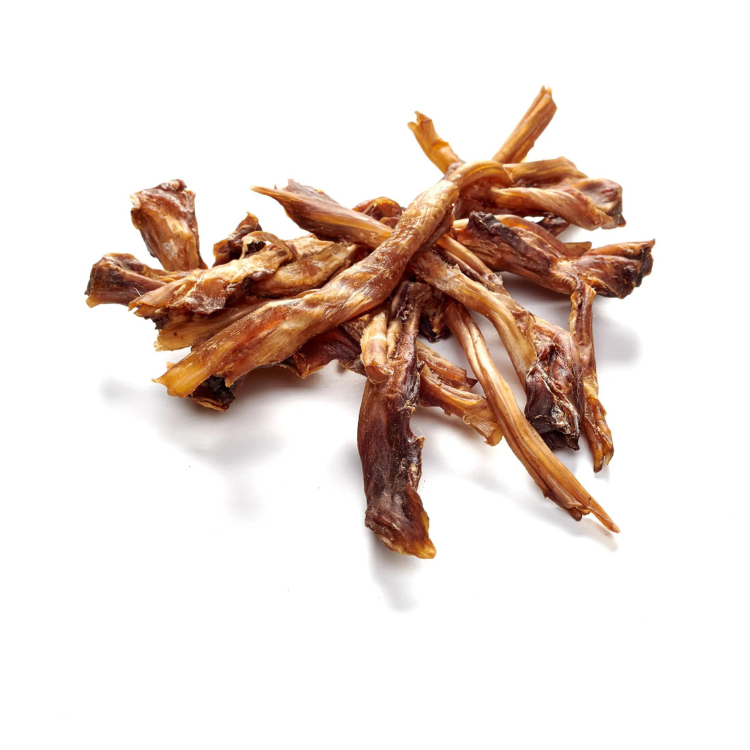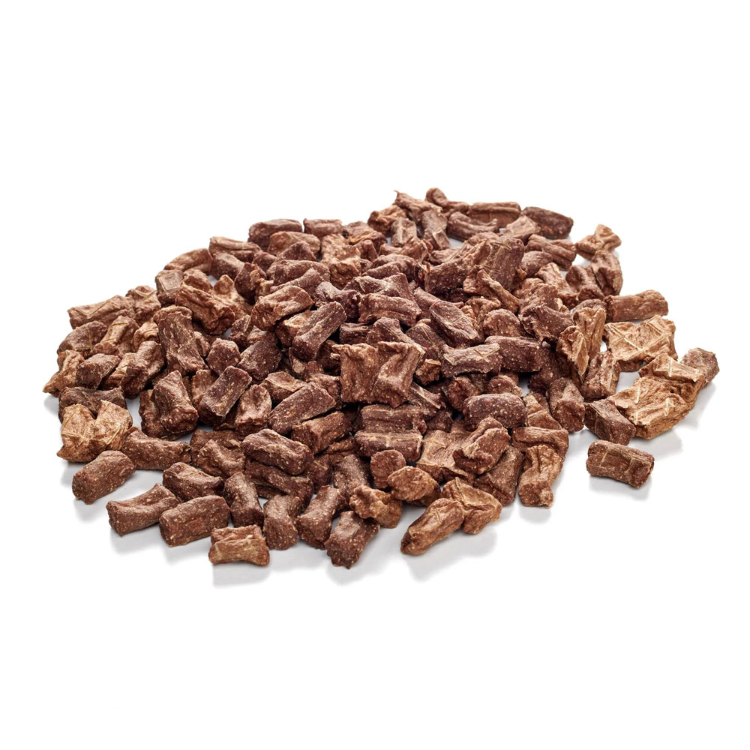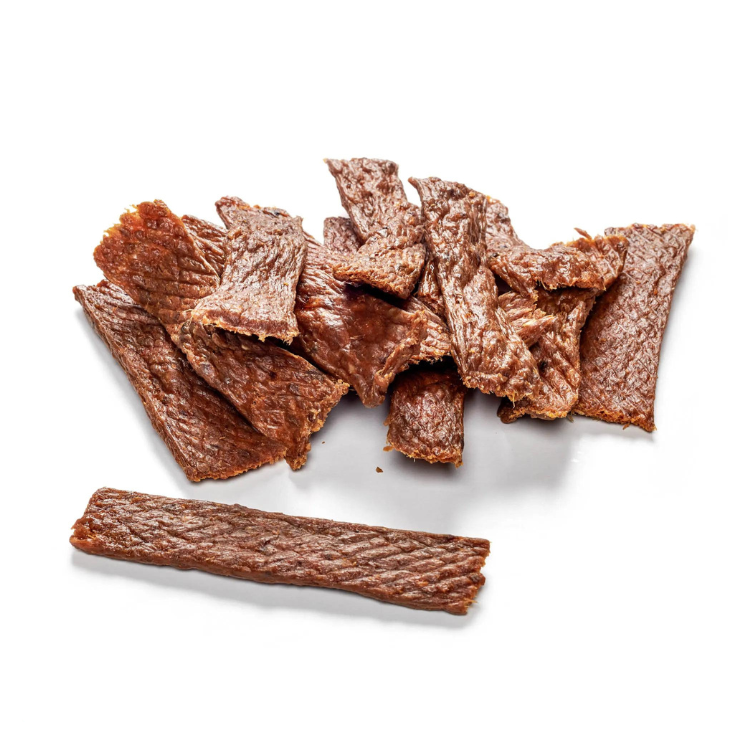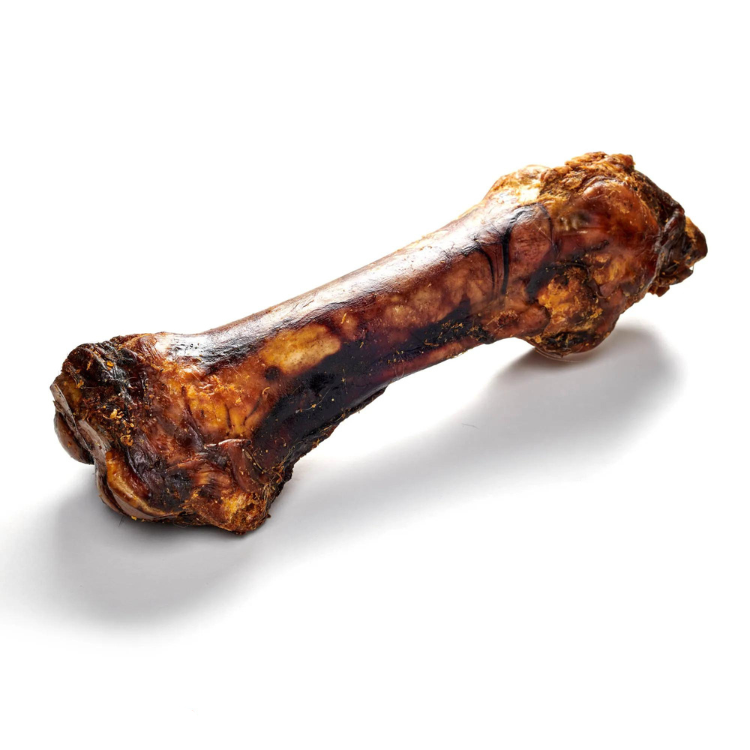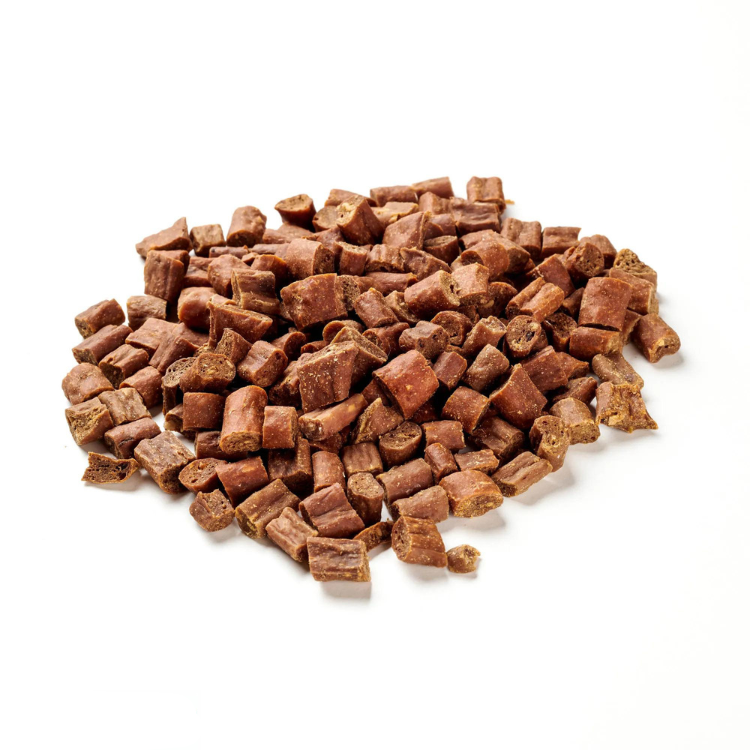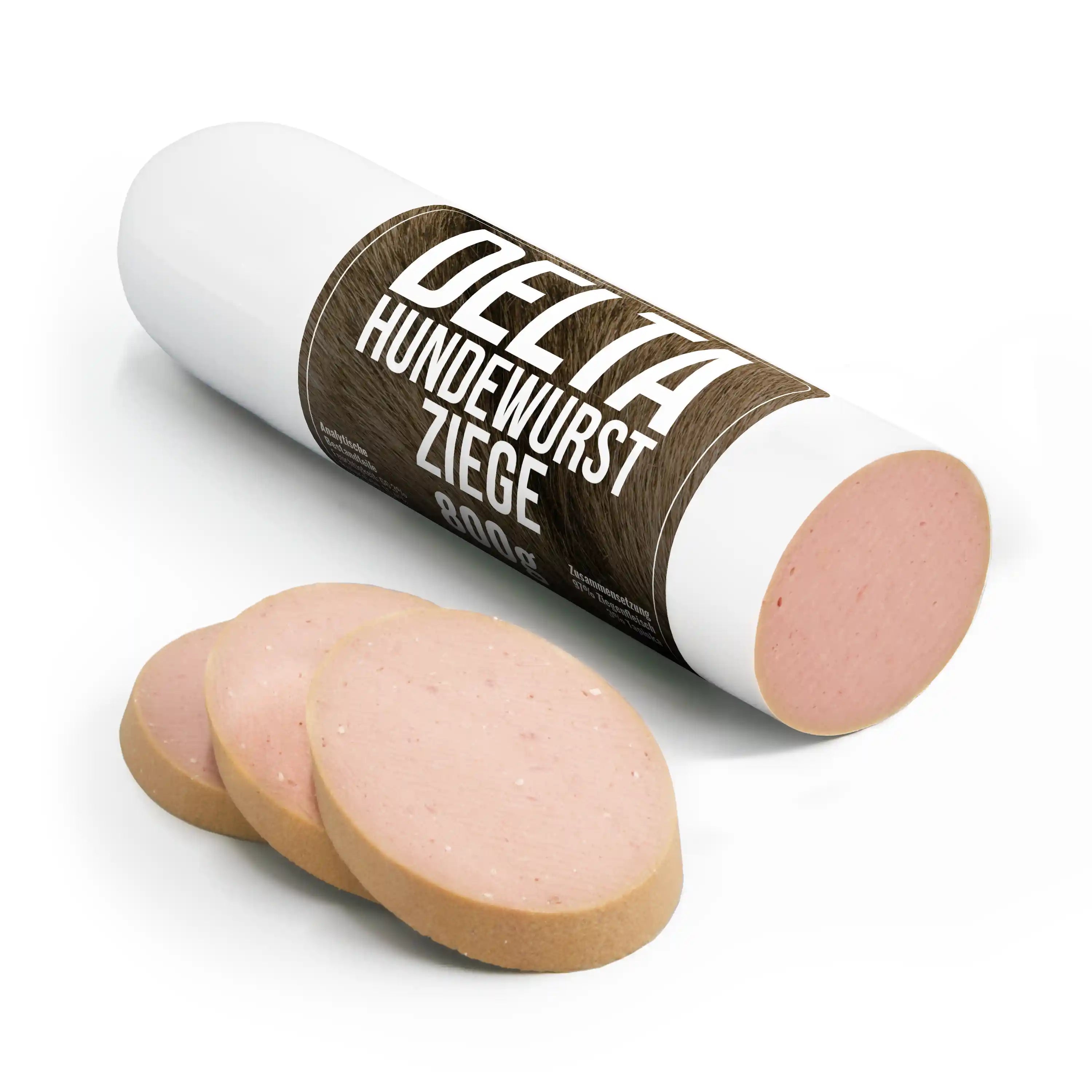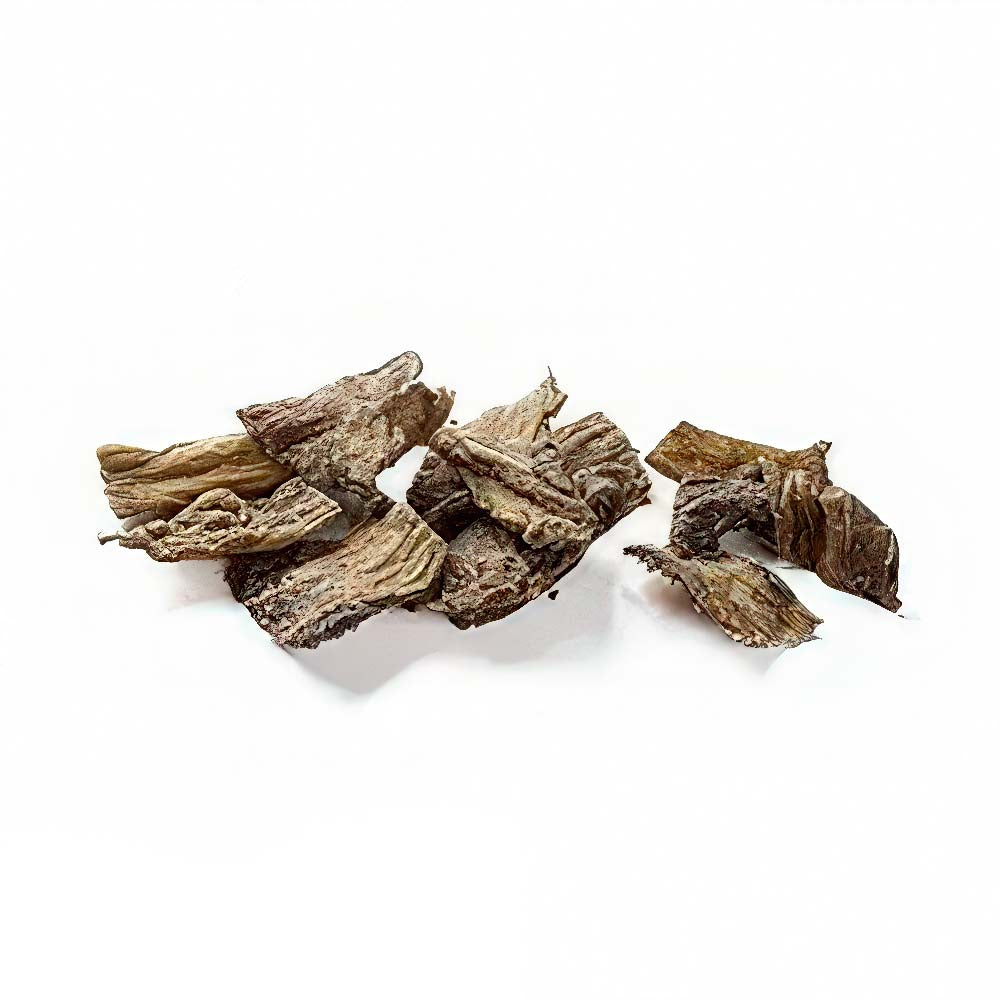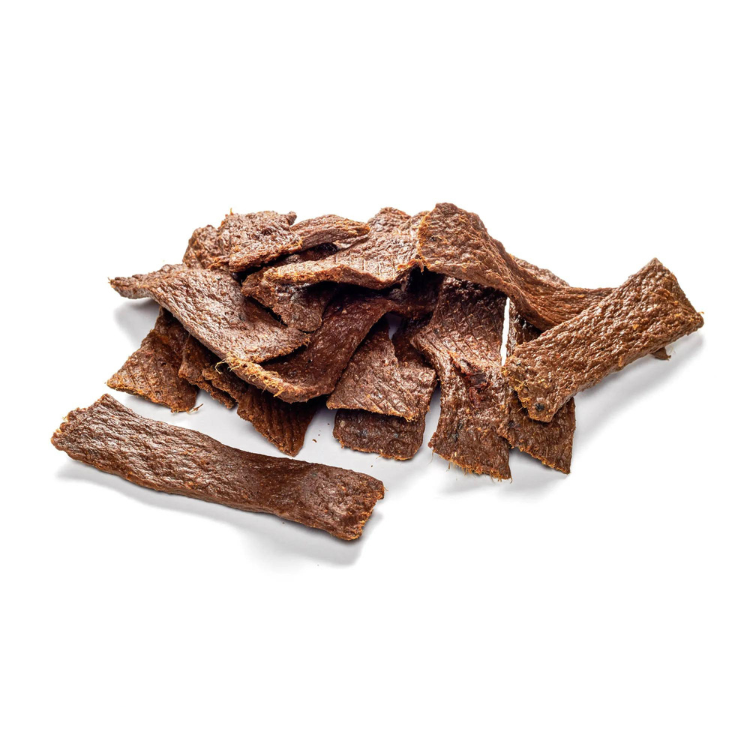
German Shorthaired Pointer
Share
The German Shorthaired Pointer is an extremely popular dog, not only in Germany. Originally a hunting dog, it is also well suited to active families thanks to its trainability and activity.
Content: German Shorthaired Pointer
- profile
- Special features
- Nutrition
- Health and care
- Origin & History
- The right accessories
- Conclusion
Reward your best friend with our dog treats!
German Shorthaired Pointer - Profile
- Character: Brave, Calm, Powerful
- Size: Large
- Height: 53-64 cm
- Weight: approx. 20-32 kg
- Life expectancy: 12-14 years
- Coat type: Short hair
- Colour: Dark, light brown, grey
- FCI Group: Pointing Dogs
German Shorthaired Pointer - Special Characteristics
With a height of 58 cm at the withers for bitches and 66 cm for males, as well as a weight of 35 to 40 kilograms, German Shorthaired Pointers are one of the largest hunting dog breeds . Accordingly, their physical performance and need for exercise are extremely strong. If this need is not met, the German Shorthaired Pointer can become a little restless. However, if you invest a lot of time in exercise and keep this dog busy, you can quickly celebrate success in training, provided you have some experience.
If it is kept as a hunting dog in accordance with its original purpose, it can be used in many different ways. The calm four-legged friend waits patiently for its use and is not afraid of water. As a pointer , its speciality is tracking down game and indicating it with its snout. But the German Shorthaired Pointer also does an excellent job at tracking and retrieving game.
However, he should not be seen as a pure working animal, because he needs to be close to his people and feels much more comfortable in the security of a building than in a kennel. He can become a great family dog and if you start training him when he is a puppy, you can even wean him off his hunting instinct. However, he needs enough dog sport to compensate for this.
German Shorthaired Pointer - What should be considered regarding nutrition?
The diet of the German Shorthaired Pointer is relatively uncomplicated. Only the hip dysplasia that threatens in old age requires a certain amount of prevention in puppyhood. Puppies and young dogs of large breeds may grow too quickly if they are fed dog food that is too high in energy. To prevent this, there is special, low-protein dog food. But anyone who buys a German Shorthaired Pointer will usually get the best advice from the breeder. Because there is also a risk of gastric torsion in the German Shorthaired Pointer, a rest period after meals is very important. Gastric torsion is often life-threatening and can usually only be treated surgically. Therefore, it is better to serve lots of small portions of dog food. As a fully grown four-legged friend, the German Shorthaired Pointer has a fairly high calorie requirement and therefore needs high-protein dog food instead of low-protein. The actual dog food requirement is of course very individual and should be adapted to age, living conditions or illnesses. The best thing to do is to provide variety and occasionally get your dog some fresh tripe or mix fruit or vegetables into his food. But be careful: dogs do not tolerate all types of fruit and vegetables. So find out what dogs are not allowed to eat.
Discover the range of dog snacks in our store!
German Shorthaired Pointer - Health and Care
With its short coat, the German Shorthaired Pointer is relatively easy to care for. If you brush it weekly or as needed, you have already done most of the work. This allows you to remove dead hair, leaves or other dirt quite easily and also prevents the apartment from becoming dirtier than necessary. A dog bath is rarely necessary - a wet towel is usually sufficient for the German Shorthaired Pointer. Of course, there are special circumstances in which a dog bath is the only option. However, dog shampoo should definitely be used for this.
Info: Since the German Shorthaired Pointer loses very little hair even during the coat change, it may also be suitable for allergy sufferers .
Cleaning the ears, teeth and paws is also part of the care program. The claws normally only need to be trimmed if the dog has not been able to move properly for a long time. Dogs that get enough exercise wear down their claws sufficiently by running. Claws that are too long can lead to misalignment and must be trimmed professionally.
.
German Shorthaired Pointer - Origin & History
>The history of the German Shorthaired Pointer is closely linked to the changes in hunting in the middle of the 19th century. At that time, the double-barreled shotgun was developed, which shot more accurately over longer distances than conventional models. This also changed hunting, and when Napoleon then removed the princes from their power, the formerly fine hunting party changed into solid individual hunters with better equipment. Dogs were no longer needed for driven hunts, but more for the tasks of searching, pointing, retrieving or tracking. At the same time, the dog had to be calm and not run away every time the shotgun was fired.
>In order to achieve this goal, new dogs were bred. Other well-known dog breeds emerged from the pointing and quail dog breeds, such as the small and large Münsterländer, German Wirehaired Pointer, Weimaraner and German Shorthaired Pointer.
In order to meet the demands of hunters, German Shorthaired Pointers are still subjected to strict training and suitability tests in order to maintain high breeding results.
German Shorthaired Pointer - The right accessories
In order to keep a strong, active dog like the German Shorthaired Pointer, you need a good quality dog collar or harness. Both are best, but that's a topic in itself. Dogs also need a dog bed for a good night's sleep. Today's standard with memory foam not only supports sleep, but also joint health, which is particularly useful for a dog breed with a predisposition to hip dysplasia. For hunting dogs, a stab-proof vest and a GPS transmitter should also be on the shopping list. A dog transport box also prevents dangers when driving. If you want to take your German Shorthaired Pointer on the train, you need a muzzle, at least on paper. Last but not least, every dog owner naturally needs one or more dog leashes and food and water bowls. Toys are also important, as they can be used to practice retrieving, for example. Tracking or intelligence games also provide mental challenges.
Conclusion
This breed of dog is very popular for a reason. The all-round package makes it particularly interesting for hunters or foresters, but active families can also find the German Shorthaired Pointer to be just the right four-legged friend. With its calm nature, it is not easily disturbed, but it also needs a lot of exercise. Ideally together with a task. Then the German Shorthaired Pointer can blossom and bring you and the whole family a lot of joy.
Pamper your dog with our delicious chews!

